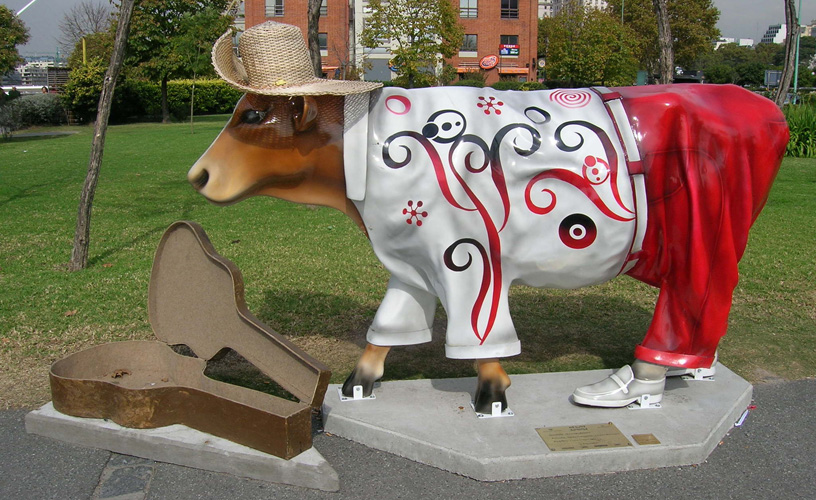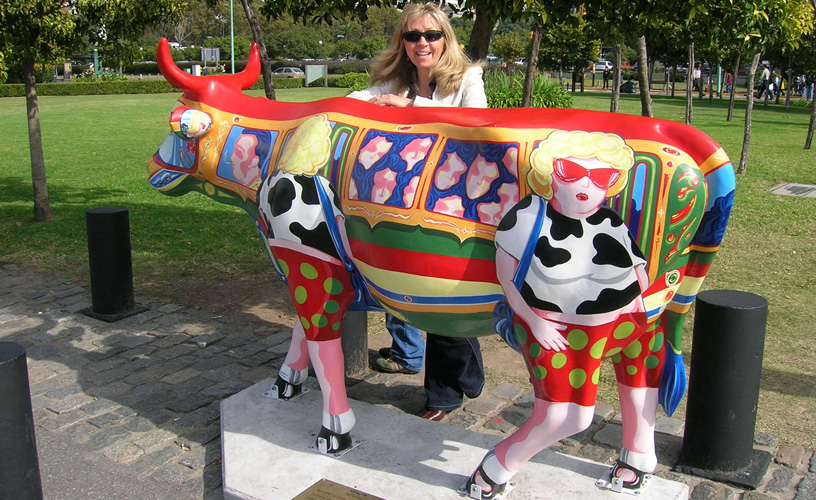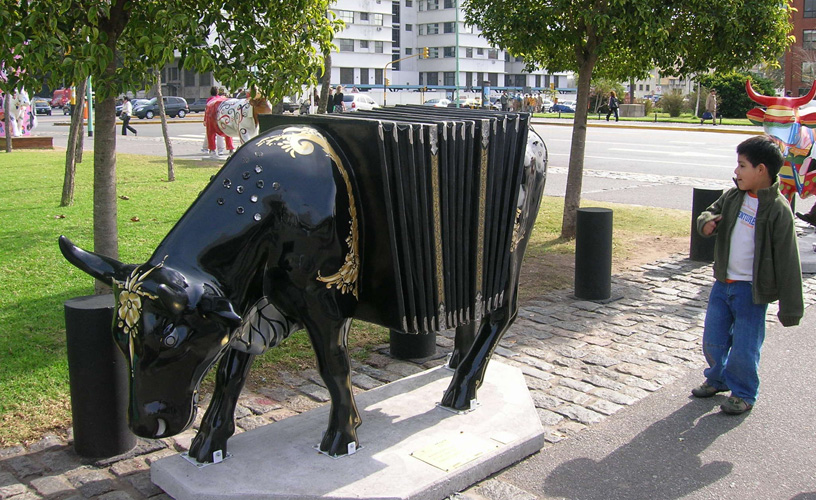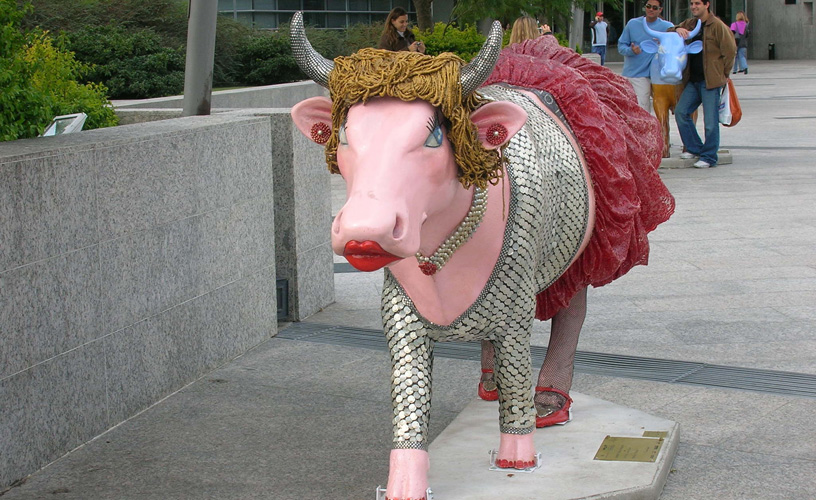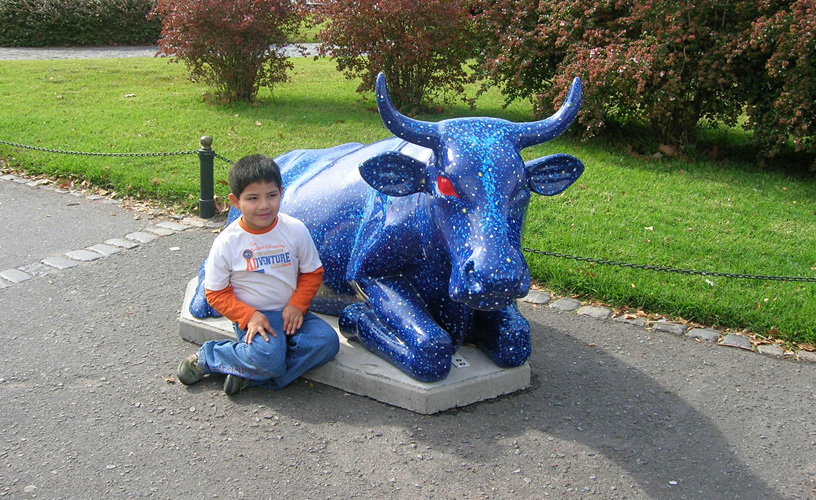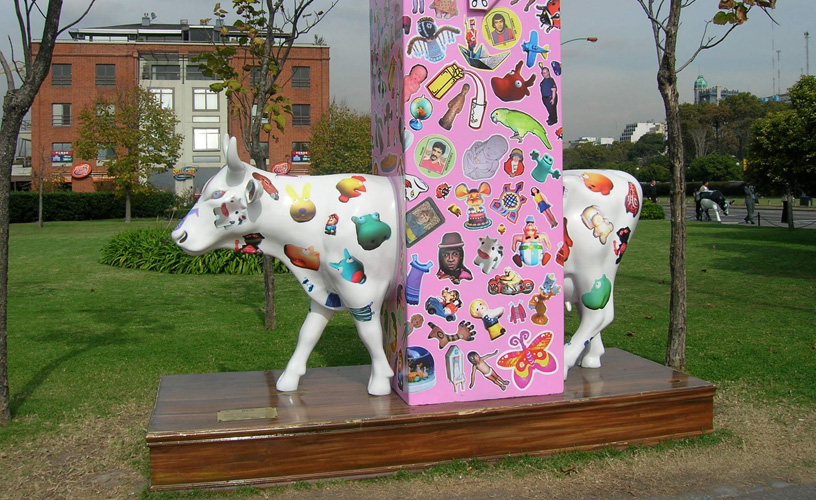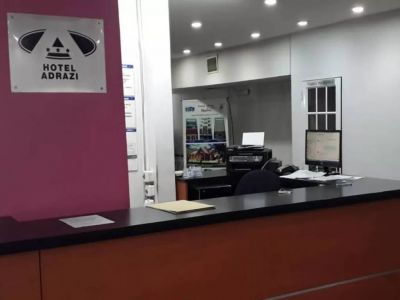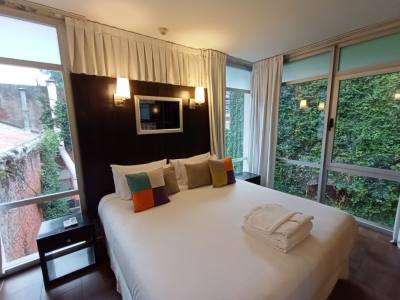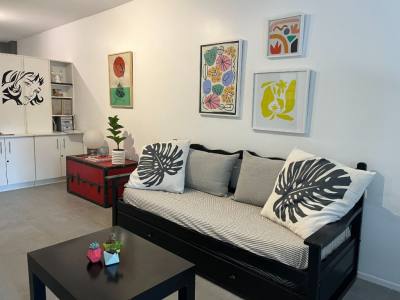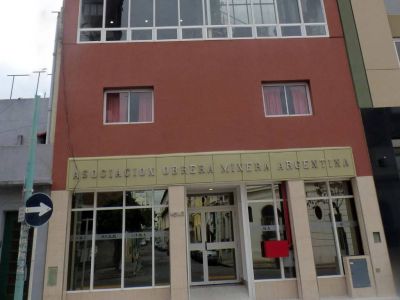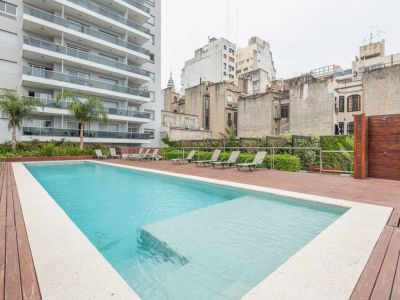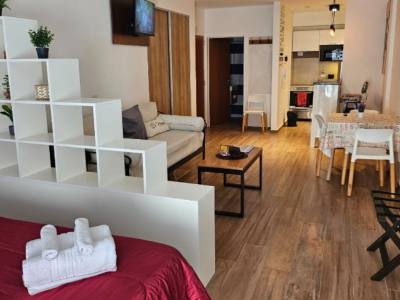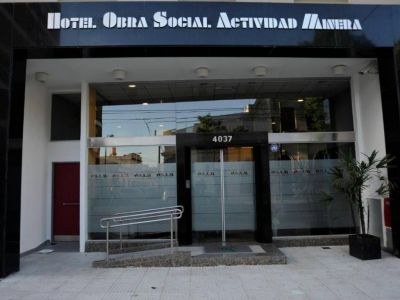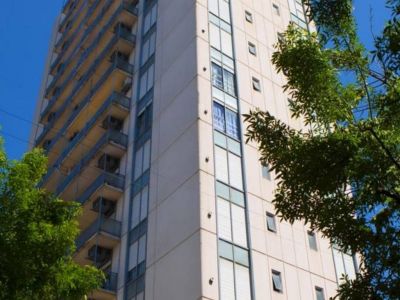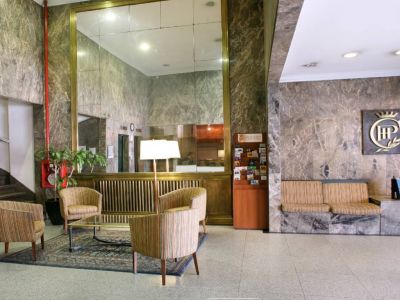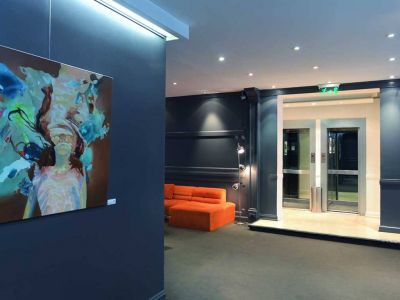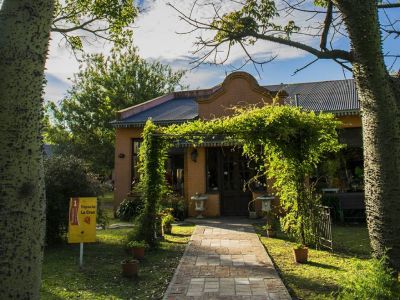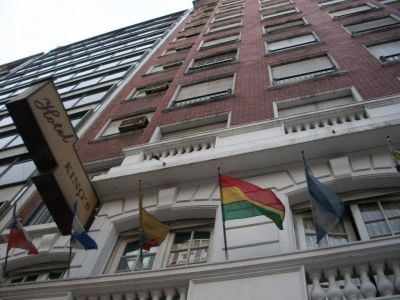Buenos Aires was the venue for Cow Parade, which enabled us to have a close look at a cleverly popular artistic display that is going round the world and is now presented at Puerto Madero.
Puerto Madero Invasion
“The sorrows are ours, the little cows are not…” sang Atahualpa Yupanqui in his song El arriero (The Muleteer), one of his most emblematic and best known songs. And he was right. But one day, the sorrows turned into joy and the little cows that did not belong to us became ours. They became Argentinian.
It was hard to believe, but it was true. Puerto Madero had been invaded by hundreds of cows overnight. They were all the same size but each of them was unique. Each of them vied to be more beautiful that the next one.
Mass-produced fiberglass cows were painted by prestigious local and international artists only to be auctioned later in order to raise funds for charity.
For a few months, the modern neighborhood turned into a real pasture land and rural exhibition. Visitors would walk, cycle and even eat in the company of an almost domestic herd of painted cows which contributed with a unique color to this area of the city.
With the wittiest motifs and with the most varied repertoire of national imagination, each of the pieces of art had a voice of its own.
Where are the Cows From?
The initiative began in Switzerland, our country's cattle twin country. It is not necessary to be a scientist in order to realize that milk is plentiful in the place where the most delicious chocolate in the world is produced. And, therefore, there are plenty of cows.
It was in 1998 when Pascal Knapp had the idea of painting the cows, which had a neutral color. This gave free rein to creation, not only by local Swiss artists but also by the best known plastic artists who wished to take part in the event and contribute with their talent as soon as they heard about this event. Their work was magnified when they learnt about the charity aim of such deed.
CowParade was the popular name given to this display. It was a way of telling the world about the love the Swiss feel for their cattle. Almost 2 million cows co-exist within a society that barely multiplies such number by three and which, undoubtedly, has declared the cow as their living national monument.
Pascal Knapp, well-known European plastic artist, sculpted the first protagonists of this story and, along with his father, was the creator of this new concept and way of artistic manifestation that is traveling the world. The phenomenon has reached places which have turned out to be hostile to cattle through history.
What is the Cow Parade?
The organization of the Cow Parade concentrates not only art but also charity and social assistance. Each cow literally turns into a material way of support for advertising, in addition to summoning the most outstanding members of the artistic community from the places where the exhibitions are organized. On the other hand, the money collected is destined to non-governmental organizations, most of which work with children and/or the ill.
In the City of Buenos Aires, this exhibition was organized by Instituto Leloir, Esclerosis Múltiple Argentina and Ediciones Larivière, with the contribution of Corporación Antiguo Puerto Madero S.A, who are in charge of sounding out entities who might be interested in sponsoring this event.
From then on, local artists and artists from neighboring cities, many of them from Uruguay, were invited to take part. The sponsored parties received a prototype from the creator of this idea, Pascal Knapp, and their dream cow turned into a true ruminant.
In three months, the artists had to give birth to their cows, which after being visited for other three months, were auctioned to the highest bidder. Cities like New York, São Pablo, London, Dublin, Prague, Moscow, Sydney, Tokyo, Johannesburg, Barcelona, Florence, as well as Buenos Aires, Mexico and even Cape Town witnessed this interesting move which cannot stop growing and summoning followers.
“Let them come back!”, is what both the country people and the porteños think today as they have learnt to love them and to co-exist with them for a few months.
“And let them come back soon!”, so that brilliant Atahualpa may not be right again.
Pablo Etchevers
Jorge González
